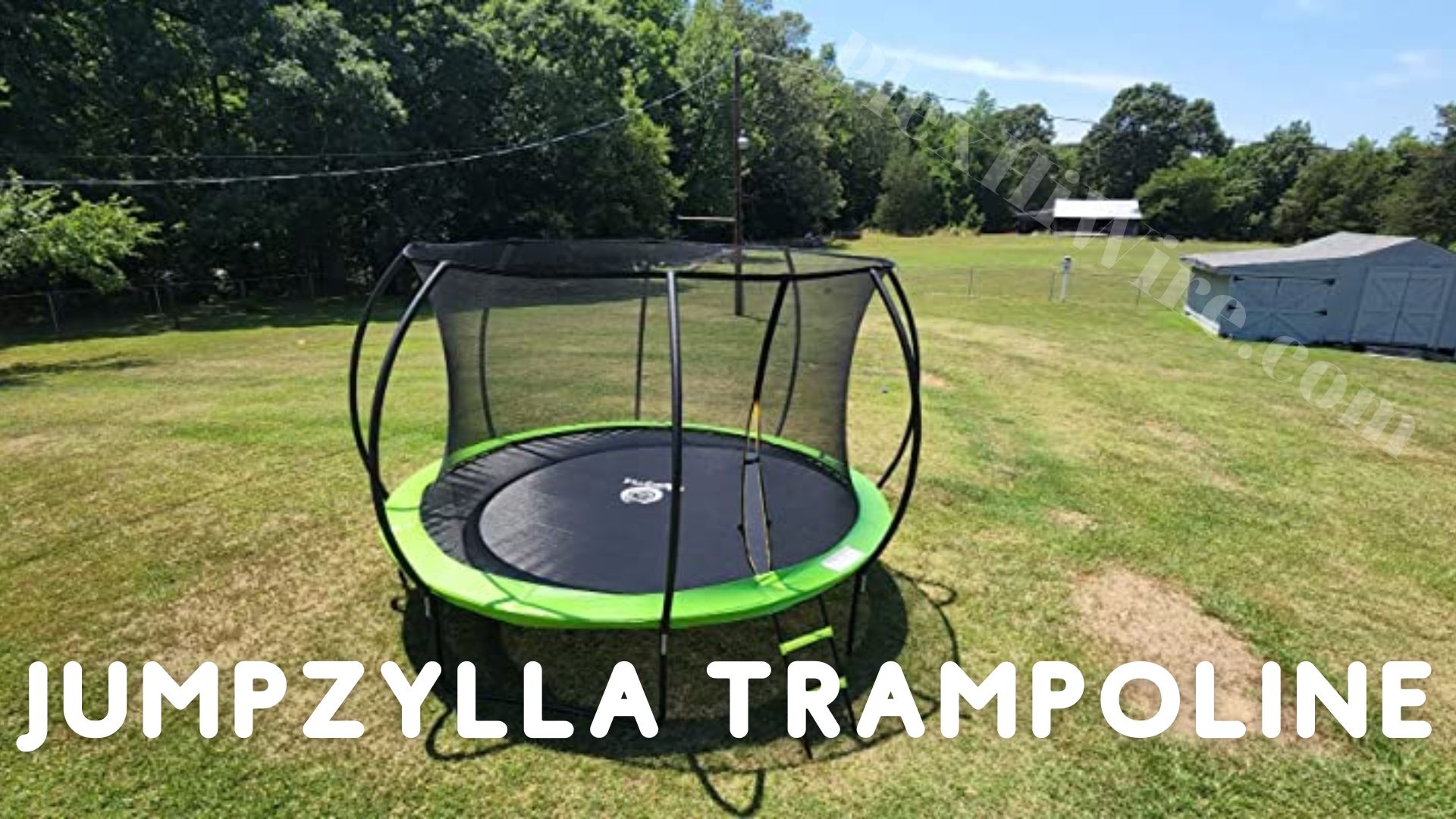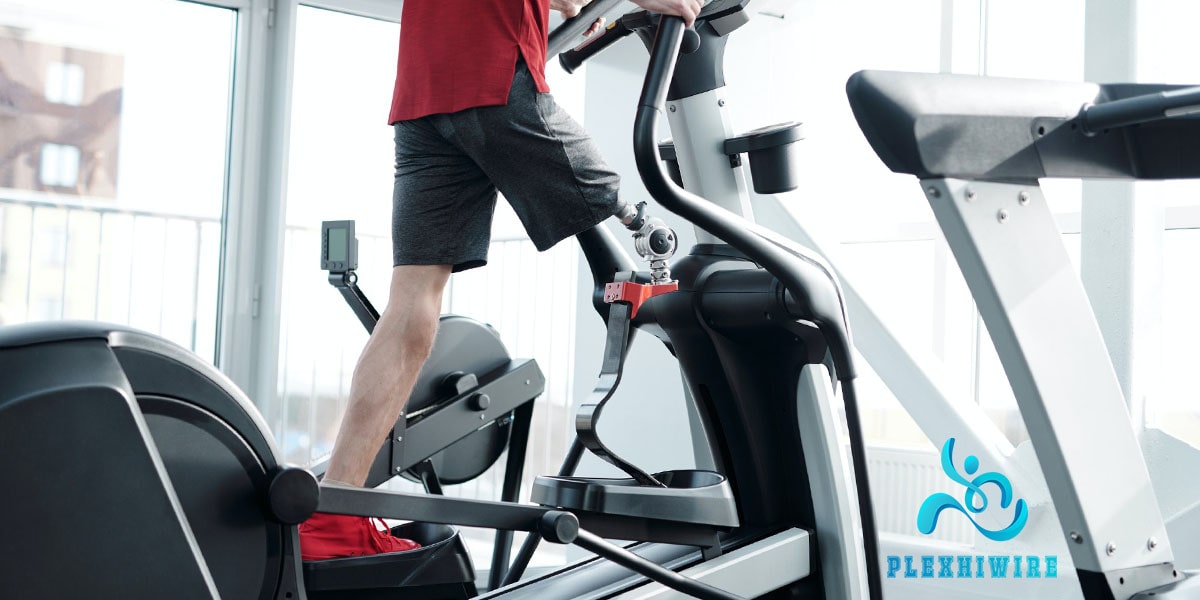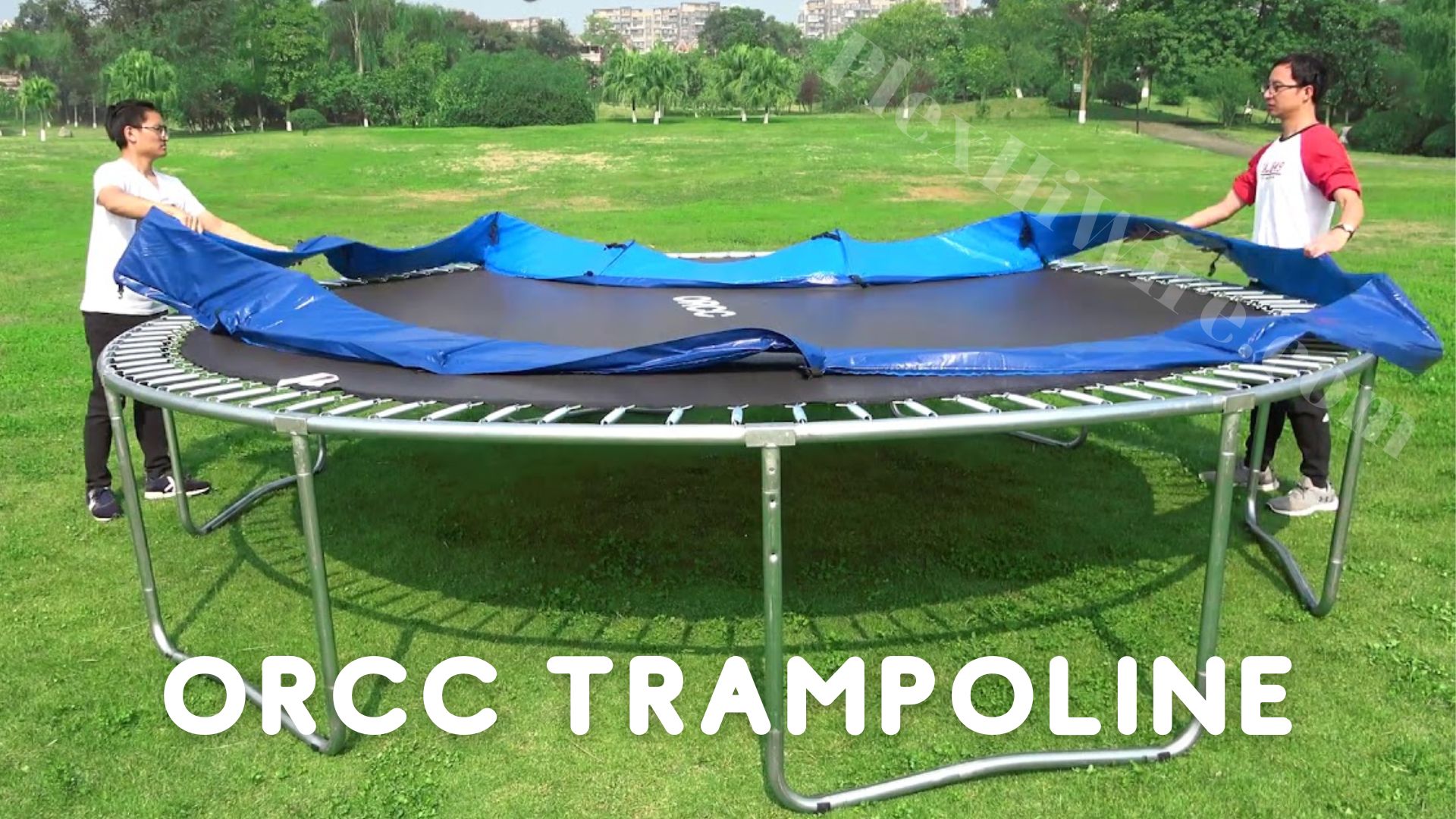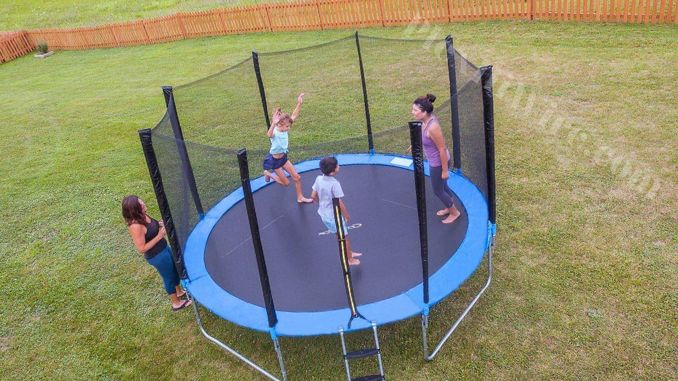How to Fix a Recumbent Exercise Bike
Do you have a recumbent exercise bike that is in need of repair? If so, you’re not alone, recumbent exercise bikes are becoming more popular among fitness enthusiasts looking to strengthen their hearts and limbs while providing support for their lower back. However, these machines can occasionally run into trouble. Fortunately, many common repair issues on recumbent bikes don’t require the help of a professional mechanic. In this blog post, we’ll walk through how to fix a recumbent exercise bike and get your machine running properly again. We’ll also provide essential tips on how to properly care for and store your exercise bike so that it lasts longer – guaranteeing quality workouts for years to come! Read on as we break down what might be causing problems with your recumbent exercise bike and provide step-by-step instructions on how best to fix them. Get ready to hone those problem-solving skills and learn how easy it is to get your recumbent exercise bike back into cycling shape.
- How to Fix a Recumbent Exercise Bike
- How to Identify the Problem with Your Recumbent Bike
- What Tools Do I Need to Fix a Recumbent Exercise Bike at Home?
- Tips for Troubleshooting and Fixing Common Issues with Recumbent Bike
- Steps for Proper Maintenance and Care of Your Recumbent Exercise Bike
- Tips for Adjusting the Bike’s Seat, Handlebars, and Pedals of Recumbent Exercise Bike
- How Can You Check That All Parts are Functioning Correctly After Fixing Your Recumbent Exercise Bike?
- Conclusion
How to Identify the Problem with Your Recumbent Bike
Recumbent bikes are great equipment for people who are looking for low-impact exercises to improve cardiovascular health and overall well-being. However, like all machines, these bikes are also prone to problems and malfunctions over time. Identifying the problem with your recumbent bike is crucial to prevent further damage, ensure safety, and keep your workout routine on track.
The first step in identifying the problem with your recumbent bike is to conduct a thorough visual inspection of the equipment. Check for any visible signs of wear and tear, broken or loose parts, or any obvious malfunctions. Look for frayed cables, cracks in the frame, and loose bolts or screws, as these can cause significant problems and must be fixed immediately to prevent further damage.
If you are unable to identify any issues through visual inspection, then it’s time to test the bike’s functionality. Sit on the bike and pedal it to see if there are any unusual sounds or vibrations. Check the resistance and make sure that it’s consistent throughout the workout. If there are any sudden fluctuations, it may be a sign that the resistance mechanism is malfunctioning.
Another way to identify if there are any issues with your recumbent bike is to check the bike’s console or display. Look for any error messages or warnings and check to see if the display is working correctly. If you find any display-related issues or errors, it could be a problem with the computer system or the console’s power source.
In some cases, the problem with your recumbent bike may be due to improper maintenance. Regular cleaning, lubrication, and tightening of bolts and screws can prevent many problems from occurring. Failure to do so can cause parts to wear out and lead to more significant issues over time.
What Tools Do I Need to Fix a Recumbent Exercise Bike at Home?
Recumbent exercise bikes have become a popular fitness equipment for indoor home workouts, as they provide a low-impact cardiovascular workout without putting too much stress on the joints. However, like any machine, they may require occasional repairs and maintenance to keep them in good condition.
If you are planning to fix a recumbent bike at home, you might need a few essential tools and equipment for the task. Firstly, you would require a set of Allen wrenches that can help in loosening or tightening bolts and screws. Recumbent exercise bikes have various parts that are interconnected using bolts and screws, such as the pedals, the console, the seat, and the handlebars, among others.
See more: How Many Miles on a Stationary Bike in 30 Minutes?
Another key tool you will need is a set of socket wrenches with different heads as they can help deal with nuts and bolts of various sizes and shapes. You also need a few types of screwdrivers including Phillips head screwdrivers to remove or install screws.
Furthermore, you may also require an adjustable wrench that can be used to hold some bolts in place while tightening or loosening them. A plier can help in gripping and twisting wires and cables, which may have been damaged during the exercise bike repair process.
When considering fixing the resistance system of the exercise bike, you might need a small can of silicone lubricant to spray onto the braking mechanism. This will help to keep the resistance system smooth, except for models that have magnetic resistance systems.
In addition, before starting any repairs, it is recommended to have a manual or an online video tutorial to guide you through the reparation process as this will ensure that you don’t miss any steps or damage other parts of the bike.
Lastly, it is important to remember that you should always take safety precautions when attempting to fix a recumbent exercise bike. Ensure the bike is unplugged, and you don’t have any loose clothing or jewelry that may get caught in the equipment. Follow the correct procedures for any adjustments or repairs and avoid using the bike when you’re not sure that it is fully repaired.
Tips for Troubleshooting and Fixing Common Issues with Recumbent Bike
Recumbent bikes are a great way to stay fit and active while minimizing strain on the back and joints. They are designed to provide a comfortable and effective workout, but like any piece of equipment, they may experience some common issues over time. Here are some tips for troubleshooting and fixing common problems with recumbent bikes:
Pedals not moving smoothly: This issue often occurs due to a build-up of dirt, dust, or other debris in the bearings. To fix this problem, remove each pedal and clean the bearings thoroughly before reattaching them.
Electronic display not working: If your electronic display isn’t functioning correctly, check the connections between the power cord and the bike. If this doesn’t solve the problem, try replacing the batteries in the display or contact the manufacturer if it continues to malfunction.
Seat not adjusted properly: The seat of a recumbent bike may become loose or shift during a workout. To fix this problem, tighten the seat adjustment knob and make sure it is in the correct position for your body.
Weird noise coming from the bike: If you notice a strange sound coming from the bike, it may be due to a loose or worn-out part. It is recommended to check all the moving parts, including the crank arm bolts, pedals, and chain tension.
Resistance not working: If the resistance levels on your recumbent bike aren’t working as they should, it may be due to a problem with the tension cable. Check the cable for fraying or stretching and adjust it accordingly. If this doesn’t work, you may need to replace the cable altogether.
Steps for Proper Maintenance and Care of Your Recumbent Exercise Bike
The recumbent exercise bike is a well-loved piece of equipment in most fitness centers and personal gyms because of its many benefits. Not only does it provide an effective cardiovascular workout, but it is also gentle on the joints, making it ideal for people with knee, hip, or ankle issues. However, like any other exercise equipment, proper maintenance and care are necessary to keep it running smoothly and efficiently.
Here are some steps that you need to follow to ensure that your recumbent exercise bike stays in excellent condition:
Keep it clean: Dirt, dust, and sweat can accumulate on the bike’s frame, seat, and pedals over time, leading to corrosion, rust, and unpleasant smells. Therefore, it’s essential to wipe down the bike with a clean cloth after each use to remove any dirt and sweat. You can also use a mild detergent and warm water to scrub off any stubborn stains and grime.
Check the nuts and bolts: Before hopping on the bike, make sure that all nuts and bolts are properly tightened. Loose screws and bolts can cause the bike to wobble or become unstable during your workout, increasing the risk of injury.
Lubricate the bike: Regular lubrication of the bike’s moving parts is necessary to prevent wear and tear. You should lubricate the pedals, crank arms, and seat rails with a silicone-based lubricant to reduce friction and noise.
Check the resistance levels: Ensure that the resistance levels on your bike are always well-calibrated. Too much resistance can put a strain on the bike’s internal parts, while too little resistance can compromise the effectiveness of your workout.
Store it properly: When not in use, store the bike in a dry, cool place to prevent rust and corrosion. It’s also advisable to cover the bike to protect it from dust and dirt.
Tips for Adjusting the Bike’s Seat, Handlebars, and Pedals of Recumbent Exercise Bike
When it comes to exercising on a recumbent bike, proper positioning and adjustment of the seat, handlebars, and pedals cannot be overstated. A correctly adjusted recumbent bike not only ensures maximum workout efficiency but also reduces the risk of injury or discomfort during exercise. Below are some tips on adjusting the seat, handlebars, and pedals of your recumbent bike to achieve optimal comfort and workout effectiveness.
Firstly, the seat height should be adjusted to allow for a comfortable and stable pedaling motion. Your legs should be slightly bent at the bottom of the pedal stroke, with your feet placed flat on the pedals. If your legs are fully extended or too bent, you may experience discomfort or strain in your knees or lower back. Adjust the seat height by loosening the clamp located underneath the seat and sliding the seat up or down until the desired height is achieved.
Read more: What Do You Need for an Indoor Cycling Race?
Secondly, the seat distance should be adjusted to achieve proper leg extension. When sitting on the recumbent bike, your knees should be directly above your feet when the pedals are at their furthest distance from your body. Adjust the seat distance by sliding the seat forward or backward until the aforementioned alignment is achieved.
Thirdly, the handlebars should be adjusted to allow for comfortable arm positioning and support. The handlebars should be positioned close enough to allow for a comfortable grip without excessive stretching, while also providing support for your upper body. Adjust the handlebars by loosening the clamp located underneath the handlebars and sliding them up or down to the desired position.
Lastly, the pedal straps should be adjusted to ensure maximum stability and control while pedaling. The pedals should be securely fastened to your feet to prevent them from slipping or moving around during exercise. Adjust the pedal straps to achieve a comfortable but secure fit by tightening or loosening them as needed.
How Can You Check That All Parts are Functioning Correctly After Fixing Your Recumbent Exercise Bike?
After fixing your recumbent exercise bike, it is crucial to ensure that all parts are functioning correctly to avoid any issues when using the equipment. There are several ways to check whether all parts are working correctly.
Firstly, examine the pedals and make sure that they rotate smoothly without any noticeable resistance. If the pedals feel rough or wobbly, then there may be an issue with the bearings or chain.
Secondly, test the resistance levels using the bike’s console to ensure that they work correctly. Increase the resistance gradually and make sure that it changes smoothly without any sudden spikes or drops in resistance.
Thirdly, examine the seat and handlebars to ensure that they are securely attached and do not move around when in use. The seat should remain firm and not tilt back or forth, while the handlebars should be stable and not vibrate excessively.
Finally, test the brakes to ensure that they stop the bike smoothly and effectively. Apply the brakes slowly and ensure that they do not stick or fail to engage.
Conclusion
In conclusion, fixing a recumbent exercise bike can seem intimidating at first; however, with the proper understanding of mechanical knowledge and basic tools, it is possible to fix most issues without professional help. Although there are some parts that will require physical replacement or further investigation by a specialist, it is likely to save time and money by taking on the task yourself instead of immediately seeking outside help. With enough patience and dedication while following these steps, keeping fit and healthy with a repaired and properly functioning recumbent exercise bike will become an easy feat. Remember to always check for any warranty information before taking on any kind of repair work, you may even find that part of the problem has already been solved for you!
However, if you find yourself in a situation where fixing something on your own isn’t an option, don’t forget that experts are here to help too! Consulting with a shop or professional who specializes in bikes can lead you in the right direction for even more involved repairs or replacements. Regardless of what choice you make going forward, never skimp on safety when working with machines such as this. After all, there is no replacement for caution when equipment gets complicated. Thank you for reading today’s post on how to fix this beloved piece of fitness equipment; now you have all the knowledge you need to keep exercising regularly with ease!






